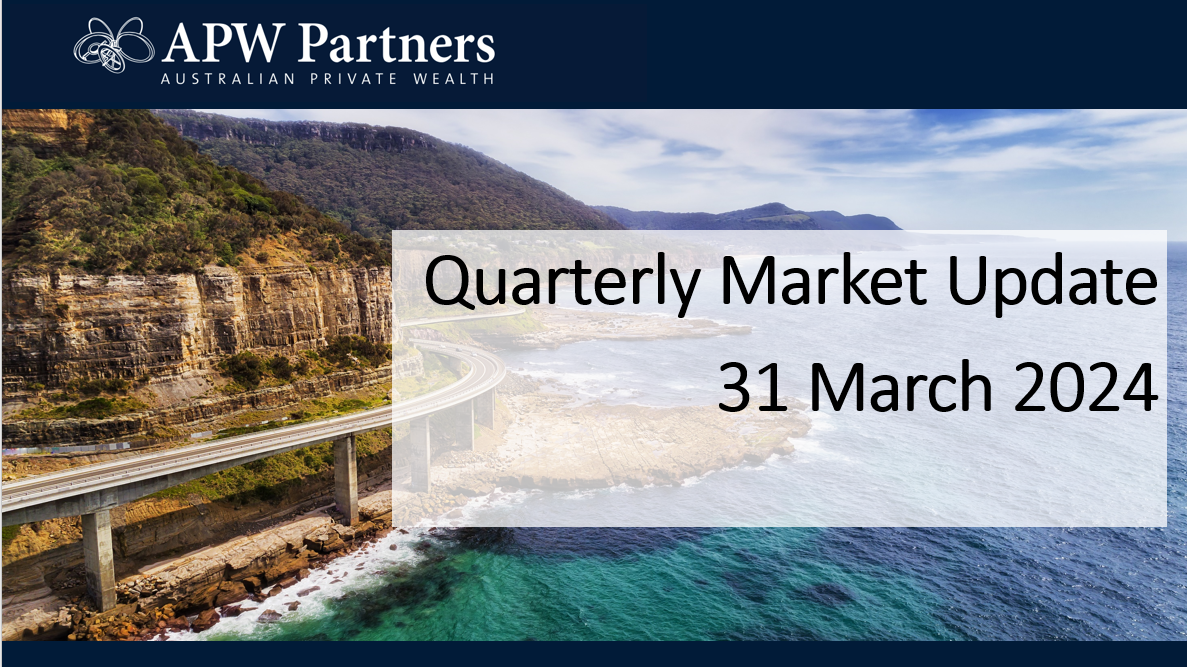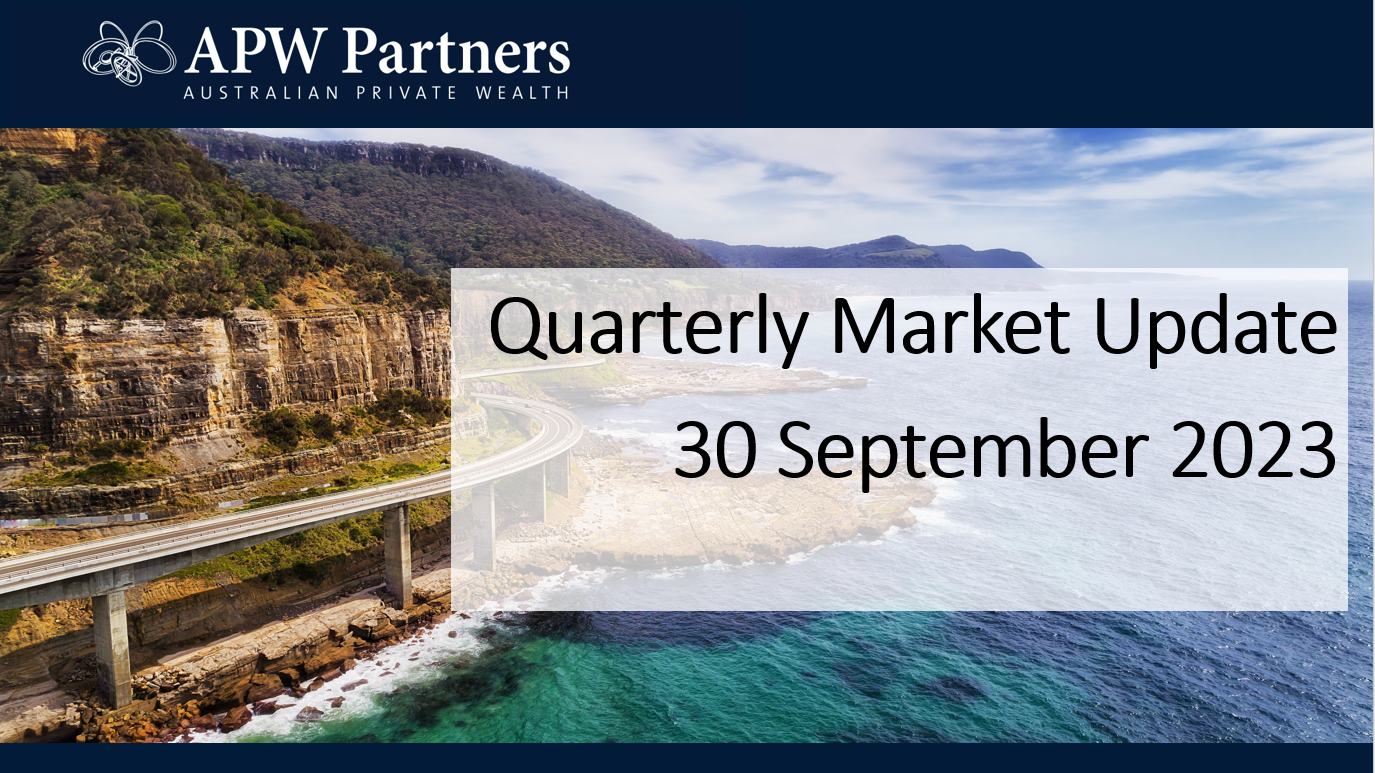Why Chasing Recent Winners Reduces Your Expected Return

How many investors will choose to invest in a stock, fund manager or asset class (e.g. fixed interest, property or shares) based solely on its recent performance over perhaps the last five years?
There is no research to provide a definitive answer, but based on conversations in pubs, on golf courses and around dinner tables, it’s safe to assume that this is the approach adopted by a large number of investors.
Investing based on recent performance has a higher probability of providing you with relatively lower expected returns compared to smart investors. This paper helps to explain why.
The index that tracks the performance of the 500 largest listed companies in the United States is the S&P 500. Since January 1926, this index (in local currency) has returned just under 10% pa. Over the past 10 years, the return has been 2.6% pa. In comparison, the Australian market has returned 7.2% pa over the past decade.
Based on this particular example, is it right to conclude that the US has a lower expected return and we should shun investing in North America and just focus on Australia?
Some simple mathematics will demonstrate that recent underperformance of one country’s stockmarket relative to others may indicate that that country now has a higher expected return compared to other countries. Consequently, it may be appropriate to invest more money into the country with the recent underperformance rather than less.
Here’s why.
Securities are priced according to expectations of risk and return.
The price you should pay today for a security – whether it is a bond or a share – is calculated as the present value of the future expected cashflows that security will pay you, adjusted for risk.
This is a black and white rule that remains current no matter if stockmarkets are rising or falling.
The expected cashflows often reflect the underlying strength of an economy. The adjustment for risk is determined by investors. Below is an example of how an investor’s determination of risk can influence the valuation of two similar companies.
Let’s assume we have Company A and Company B. Over the next 5 years, the market expects each company to produce the same annual cashflows. However, the risk of Company B not achieving the expected cashflows is higher.
As a result, investors in Company A decide they require an annual return of 10% over the next 5 years to justify the risk of investing in the company. For Company B shareholders, they require a higher annual return of 15% per annum.
Based on these simple assumptions, an investor would be prepared to pay $334 today for the expected cashflows that Company A – or the lower risk company – will produce over the next 5 years, compared to $292 for Company B. The calculations are shown below.
| Year 1 | Year 2 | Year 3 | Year 4 | Year 5 | ||
|---|---|---|---|---|---|---|
| Company A | ||||||
| Annual Cashflows | $70 | $80 | $90 | $100 | $110 | |
| Required Return | 10% | |||||
| Discount Rate | 0.909 | 0.826 | 0.751 | 0.683 | 0.621 | |
| Present Value of Future Cashflows | $64 | $66 | $68 | $68 | $68 | |
| Net Present Value | $334 | |||||
| Company B | ||||||
| Annual Cashflows | $70 | $80 | $90 | $100 | $110 | |
| Required Return | 15% | |||||
| Discount Rate | 0.870 | 0.756 | 0.658 | 0.572 | 0.497 | |
| Present Value of Future Cashflows | $61 | $60 | $59 | $57 | $55 | |
| Net Present Value | $292 |
To understand how the required return impacts the current value of the company, consider the Year 4 calculations.
Both companies are expected to generate $100 of cashflow. However, if I want to earn 10% per annum for the next 4 years (which is the expected return for Company A) and receive $100 at the end of year 4, I would need to invest $68 today. If I want my return to be 15% (the expected return for Company B) for the next 4 years and then receive $100, I would need to invest $57 today.
So the riskier the asset, the less I am prepared to pay today for the expected returns that asset will produce. On the flipside, the lower the risk a company presents, the more I have to pay today.
Whilst recent past performance would be one component in how the required rate of return has been quantified by investors, it has already been factored into the price. Past performance alone does not provide an investor with any definitive guide on what stock, fund manager or asset class is going to perform best in the future.
As a starting point, the expected return of buying a share with the same expected cashflows in Australia, U. S, Europe or Asia is the same. Then investors adjust their expected return for the risk of cashflows being achieved.
So if an investor thinks it is more risky to invest into the U. S stockmarket compared to the Australian stockmarket, then the required rate of return to invest in the U. S will be higher. Consequently, the expected return will be higher.
Think back two years, when many investors were reluctant to invest in the U. S stockmarket. Over the past two years, the S&P 500 index has returned 16.7% pa (ignoring currency impacts). In comparison, the Australian stockmarket, which many investors regarded as a less risky place to invest two years ago, has returned 6.5% pa over the same period.
The concept of riskier assets applies to our approach of breaking stockmarkets into three components – Large, Small and Value stocks. Large stocks, which often contain ‘blue chip’ companies, are lower risk stocks to invest into compared to Small and Value stocks. Consequently, investors expect a higher return when investing in Small and Value stocks.
As the table below demonstrates, in Australia over the past 20 years, this expectation has held true:
| Strategy | Annual Return | Annual Outperformance | Cumulative Outperformance |
|---|---|---|---|
| Large | 9.73% | ||
| Small | 10.53% | +0.80% | +16% |
| Value | 14.43% | +4.70% | +131% |
Source: Returns Program to 31 August 2011
During the GFC, the reason prices for shares fell so sharply and so quickly was because the expected cashflows were falling (due to the expectation of a significant global recession) whilst at the same time the required rate of return demanded to be invested in the stockmarket rather than safer assets like government bonds was increasing.
On the flipside, if you chase recent winners, you’re effectively investing in assets where the required rate of return demanded by investors has fallen (as the assets are considered less risky to hold). So you not only pay more to buy the asset, but your expected return is lower.
In the 1990s, the S&P 500 Index returned 18.2% pa. This comfortably outperformed the Australian sharemarket, which returned only 10.9% pa. If an investor had based their investment decisions for the next decade on recent performance, they would have experienced lower relative returns over the past decade.
As the Australian stockmarket has performed relatively well over the past decade, many Australian investors in particular need to be conscious of not ignoring the benefits from investing globally. Australians on average have 73% of their assets invested locally – the highest home bias percentage in the world.
When we make recommendations to rebalance client portfolios, we are effectively selling assets that have performed well in recent times (and are now overweight in the portfolio) to buy assets that may have underperformed in recent times (and are now underweight in the portfolio).
The outcome is that we are selling assets with lower expected returns to purchase assets with higher expected returns. However, we remain conscious of ensuring the appropriate risk mitigation strategies remain in place, such as maintaining defensive asset capital bases:
Strategies to reduce anxiety when investing in tempestuous stock markets
Or put another way, we are selling assets that have had stronger recent performance to buy assets that have had weaker recent performance. This is the exact opposite behaviour of what most investors do.
Investing contrary to basic human emotion requires education, patience, a longer term investment timeframe and discipline. Part of our role is to instil this discipline in our clients to ensure they receive the best possible investment experience.
If you invest based on the recent strong performance of a stock, fund manager or asset class, you may be failing to appreciate the mathematics of asset valuation and fall into a trap of not positioning your portfolio to target sectors or assets that actually offer you a higher expected return.
Using evidence to target assets with higher expected returns is one of the foundations of our investment philosophy.
Note: This material is provided for information only. No account has been taken of the objectives, financial situation or needs of any particular person or entity. Accordingly, to the extent that this material may constitute general financial product advice, investors should, before acting on the advice, consider the appropriateness of the advice, having regard to the investor’s objectives, financial situation and needs. This is not an offer or recommendation to buy or sell securities or other financial products, nor a solicitation for deposits or other business, whether directly or indirectly.


